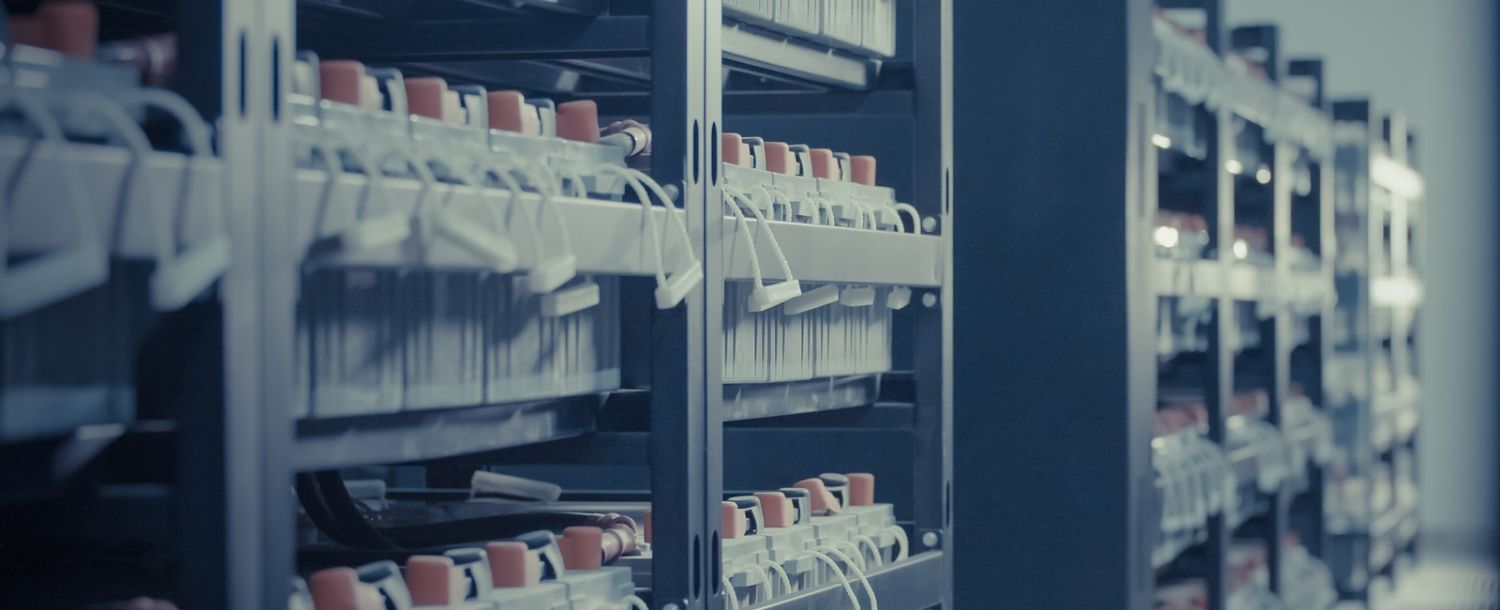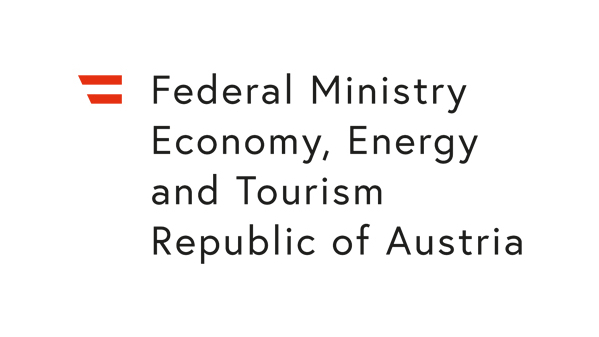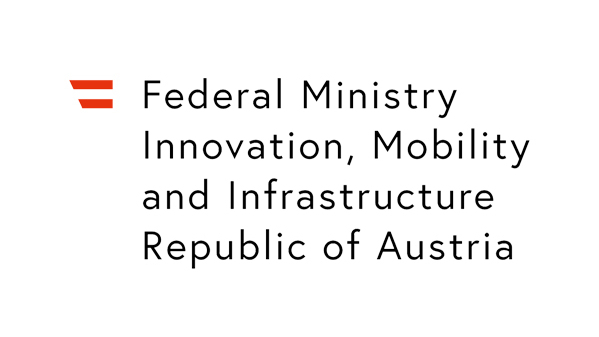The focus of FuLIBatteR is on closing the gap in material cycles with special emphasis on recovering critical raw materials (CRMs) from the lithium ion battery (LIB) active material (also called black matter) coming from different LIB types (automotive, stationary, and portables).
Current battery recycling processes are mainly focused on mechanical treatment to separate the housing, cables, and other bulky components. The largest weight fraction of LIB systems after mechanical processing, the fine-grained active material (up to 70 wt.-% of the battery mass) contains the critical elements lithium, phosphorus, cobalt, silicon, and graphite as well as other economically important metals, such as copper, nickel and manganese in different concentrations. At present, some of the mentioned elements are not selectively recovered ending up in flue gas or slag fraction after a pyrometallurgical treatment or dissolved in the wastewater of hydro-metallurgical processes.
Moreover, to meet the European climate targets, low emission transport vehicles are supported using tax advantages leading to significantly rising numbers of electric cars. Furthermore, the considerable e-bike boom all over Europe and the required storage capacities for renewable energy cause steadily growing LIB demands. These trends will inevitably imply larger amounts of used and waste LIBs that must be recycled.
The tremendous variation in LIB waste streams and increasing life cycle of battery products due to sustainability requirements cause high uncertainty regarding the amount and time horizon of available LIBs for material recycling. Thus, it is the right time to search for and develop a recycling strategy for marketed LIB cell systems, including rather new electrode materials. The creation of a recycling process independent on waste LIB input fluctuations is the target to avoid the loss of valuable critical secondary raw materials.
The topic of closing material cycles within the battery recycling chain is of high relevance for society, industry, and economy. FuLIBatteR reduces the dependency on the global raw material market by supporting Austria and the European Union to stay competitive and to maintain a high level of employment. FuLIBatteR will also avoid that LIB systems produce end-of-life wastes to be landfilled by utilising the disciplines waste management, process engineering, metallurgy, and biotechnology.
Diverse approaches will be tested within the module focusing on mechanical, pyrometallurgical and bio-hydrometallurgical steps going beyond the state-of-the-art. The expected high-quality output fractions will serve as secondary raw materials again for the battery production or also for other industrial sectors. Especially, the steel and the refractory sectors can gain benefit of the generated secondary raw materials. The metal alloy can serve as additive for special steels, the graphite can be used as additive for magnesia-carbon refractories. The collaboration with LIB cell applying companies, such as in the automotive industry, closes the material loop and guarantees research on the track.
See a compact overview of the module programme:
See the Success Stories of the Module FuLIBatteR:
- Battery Thermal Deactivation – Numerical and Experimental Approach – FuLIBatteR Success Story 2025 Download [287 KB]
- Recycling of spent Lithium-Ion-Batteries – Froth flotation for the recovery of graphite – FuLIBatteR Success Story 2024 Download [5,9 MB]
- Selective Recovery of Metals from Lithium-Ion Batteries using metal-binding Peptides – FuLIBatteR Success Story 2023 Download [3,7 MB]
Framework
COMET Module Programme of FFG only for existing COMET K1 Centres
FuLIBatteR is a COMET Module within the COMET – Competence Centers for Excellent Technologies Programme and funded by the Federal Ministry of Innovation, Mobility and Infrastructure Republic of Austria, the Federal Ministry of Economy, Energy and Tourism Republic of Austria, Province of Upper Austria and Province of Styria. COMET is managed by FFG.
| Financing | EUR p.a. | % of budget |
|---|---|---|
| Public fundings by Federal Ministries | 500,000 | 53.33 |
| Public fundings by Upper Austria and Styria | 250,000 | 26.67 |
| Contribution of the Scientific Partners | 46,875 | 5.00 |
| Contribution of the Company Partners | 140,625 | 15.00 |
| Total | 937,500 | 100.00 |
Project Period
01/07/2022–30/06/2026

 DE
DE EN
EN
![[Translate to English:] FuLIBatteR Logo [Translate to English:] FuLIBatteR Logo](/fileadmin/_processed_/d/2/csm_FuLIBatteR_Logo_2_0_4670d95bbb.png)






